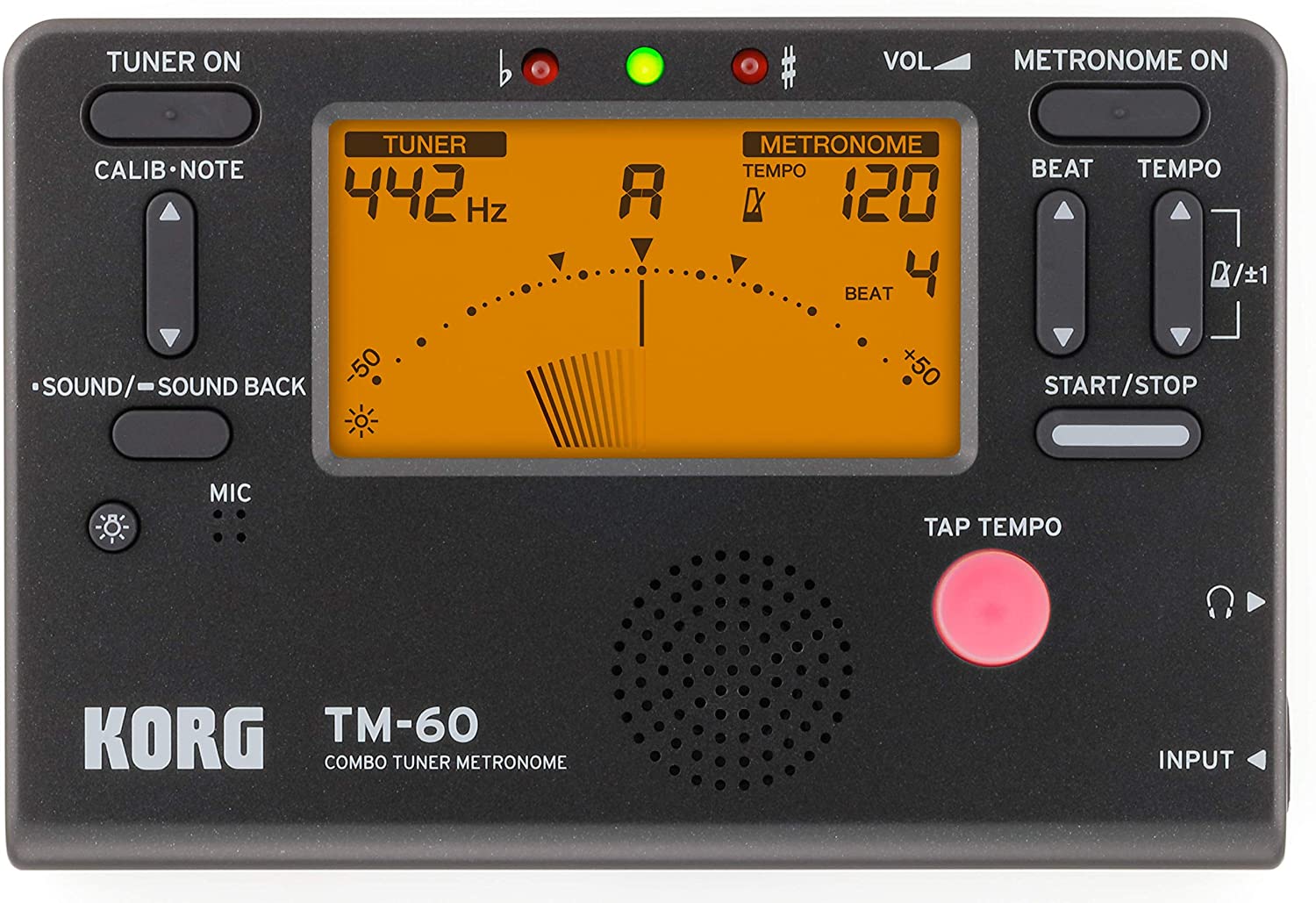


The sound waves don’t line up, it sounds kinda bad. This gives you, for equal temperament, 1.49830707688 as perfect fifth. If you want a perfect fifth (P5), you must raise it to the 7th power, because you multiply by the same distance ratio 7 times. This is the basis of “equal temperament”. With this, we can calculate the distance D between one note and the next (for multiplying): D 12 =2 -> D=2 1/12 = 1.05946309436. Unfortunately, to equally space out twelve notes, whole number ratios don’t always work.Įvery twelve notes is an octave apart, so double frequency in hertz (hz) which is cycles (vibrations) per second. If the ratio is good like 2:3, every 3 vibrations for one note is equal to 2 for the second note, and they line up. Notes sound nice when the vibrations line up often, which is achieved when they have a whole small number ratio between them, like 2:3. The other answers seemed odd to me, so let me try to explain how I understand: It’s all about training and fine-tuning the ears so that the process of finding the correct pitch “in context” becomes automatic. There’s an audible difference between the two, and it matters. In both contexts the note I’m seeking is F5, but it’s a different F5. If I need to play a double-stop with A4 and F5, and I tune my F against my A string, that’s a different context. If I’m just playing an F Maj scale and I find F5 on my E string, that’s one context. What is an F will change slightly based on context. They won’t necessarily match exactly with what’s shown on a tuner because I’m using my ear to “match” the pitches to the original pitch.Īn F is not just an F. in tune by listening to how far they are from the first G and from each other. I start with my open G tuned with a tuner. The rest of the notes are relative to them. the only “fixed” notes on the violin are the 4 open string tones, G3, D4, A4, and E5.

This is where her knowing what key she is in is important, so that she can analyze her note placement relative to the reference pitch, which is usually the tonic of the key the passage is in. However, the advice to go note-by-note is sound. Also, electronic tuners largely cannot cope with interpreting the continuous vibrato that is the standard practice for modern violinists, so looking at those numbers or visual meters flickering back and forth is of almost no use. For example, the F# in D Major (the major third) is going to sound in tune when it is lower than the F# in G Major (the seventh, or leading tone).Īs a conductor, I've run into this situation so many times with woodwind and brass players who point at the electronic tuner and claim they are "in tune" when it is obvious that the third or fifth interval they are playing against the root is not of an appropriate quality, and there is an audible clash in the sound waves. Playing in tune is largely about creating appropriate interval distances measured from the root of the chord and/or other pitches that are occurring simultaneously. Practicing with an electronic tuner can get people who are far off of the pitch to be in the neighborhood of it, but it will never get them to actually play "in tune." This is only true for a piano, which is tuned in equal temperament, in which every single semitone is the same size, and deliberately set "out of tune" in terms of the whole number ratios that other instruments that can vary their pitch strive to attain when playing intervals together. So can someone explain to this former brass player her teacher’s logic? I get that, due to natural human limitations you can’t ever be 100% in tune due to their being some amount of fudge but I would think you should strive to get as close to it as possible. To which my response is “an F is an F, you are in tune or you aren’t” my daughter's reply being “that sounds like something a brass player would say”. Her teacher, who does play with the lock symphonies, stated that a violinist will never be completely in tune with a tuner and that depending on the note you are playing it will always be either sharp or flat to some extent except for the resonant notes so she shouldn’t worry about it. She is working up her Krehtzwr piece for all state audition and I made the suggestion she could always go note by note and make sure she is hitting them all in tune with a tuner, to which she said something that confused me.

And she is excellent and all but she said something that confuse me as a former horn player. So I am not a violinist, my teenage daughter is.


 0 kommentar(er)
0 kommentar(er)
